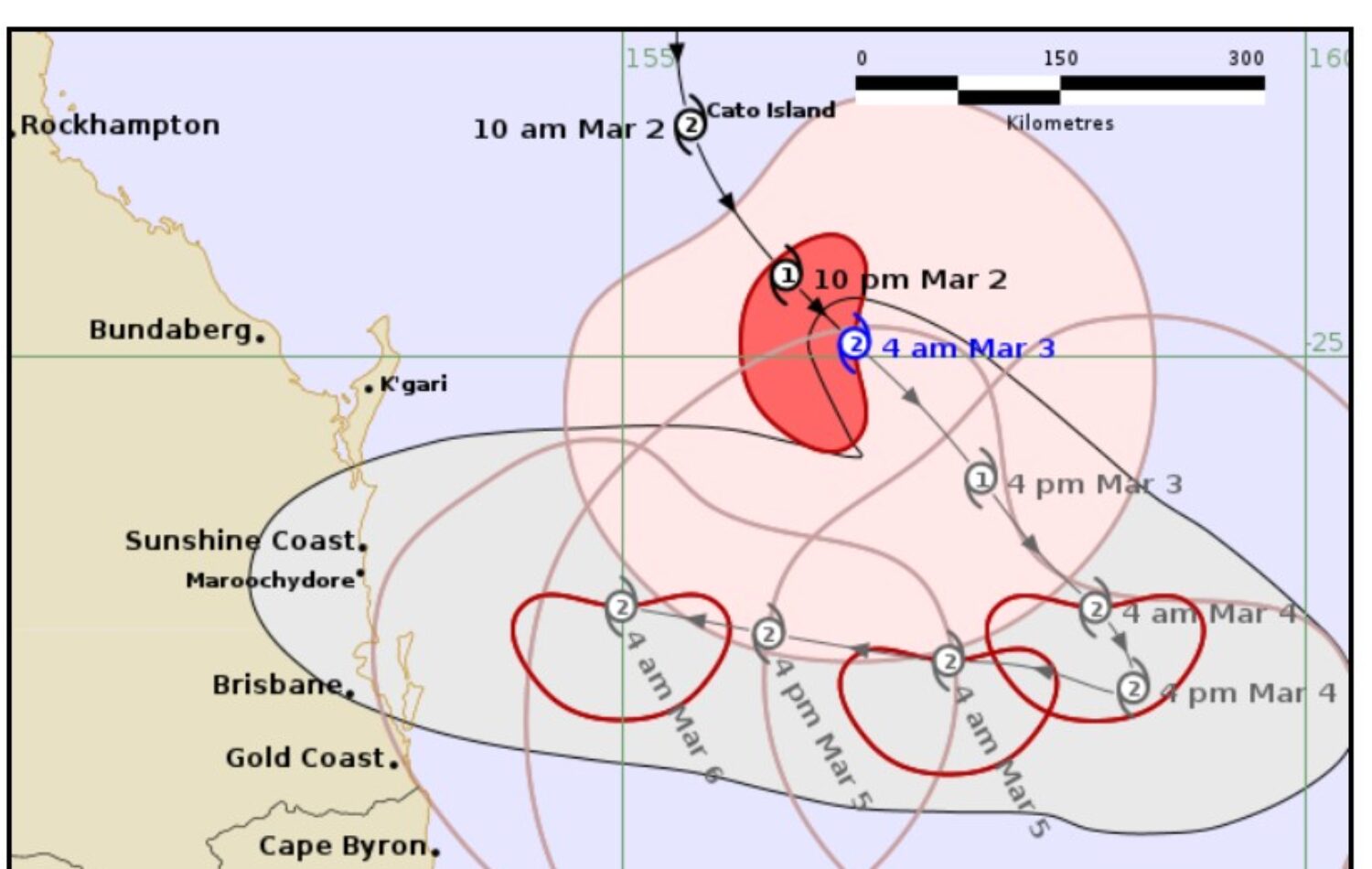The Red Sea shipping crisis may put a squeeze on Vietnam-based businesses as it lingers on with no foreseeable end in sight.
Tran Viet Huy, managing director of Tracimexco – Supply Chains and Agency Services JSC (TRA-SAS), told VIR that, “The Red Sea disruption is impacting ocean freight via the Red Sea and Suez canals. It is mainly hitting shipments from Asia to Australia but also Europe and some US routes.
The cost of ocean freight to EU ports from Asia has gone from less than USD 2,000 per 40-foot shipping container before December 2023 to over USD 5,000 and over USD 7000 for the USA trade. We are seeing rates ex Vietnam to Australia now heading northward of USD 3,500 per 40. The lack of empty containers has also been raised by shipping lines and it continues to be a show stopper when freight forwarders are looking to secure empty containers for intended vessel departures.
“However, the increasing freight costs seem unreasonable. They are also amplified by shipping lines to cover the cost of new vessels that are set to launch late 2024 and 2025. Huy emphasised that some industries which have big volume of trade between USA, Europe and Asia are feeling the impact such as textiles and garments, agriculture, and seafood.
Echoing this view, Jan Segers, general manager of Noatum Logistics Vietnam Co., Ltd, said:
“In the short term, Red Sea shipping disruption is increasing the rates by adding a ‘war risk’ surcharge or by going via the Cape of Good Hope route which is longer and needs more fuel.”
In addition to the above we are also seeing all carriers impose a peak season surcharge of USD 500/plus per TEU effective June/July 2024. He further noted that the Red Sea issue is being escalated might last for years. It will be difficult for buyers and sellers to adopt different strategies to deal with it. However, the challenge facing shipping lines needs collaboration at a government level.
According to Fitch Ratings, shipping costs have increased by more than 200 per cent since April/May as a result of disruptions to maritime traffic and the additional Red Sea issues. These increases are likely to be reflected in rising import prices in the coming months, and longer shipping times will reduce supplies of intermediate inputs and consumer goods. The outlook for shipping costs is uncertain, but a plausible scenario is that they will remain high for several quarters and continue northward end 2024
Economist Brian Lee Shun Rong at Maybank said:
“The Red Sea ship disruptions are one risk worth watching, as any major and prolonged escalation may disrupt supply chains, inflate shipping costs and dampen trade. Indeed, rising tensions in the Red Sea have led to delivery delays and surging container freight costs, which may have disrupted shipments.”




